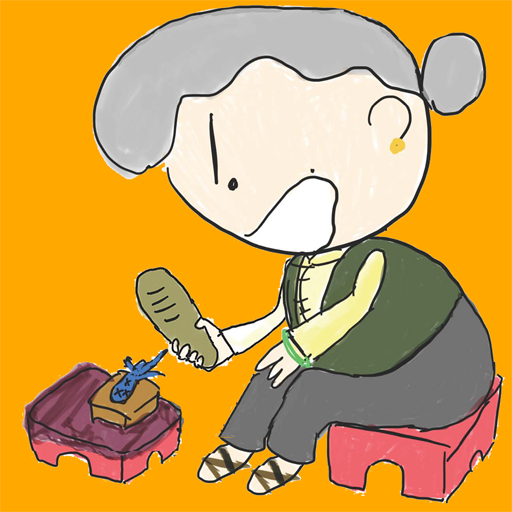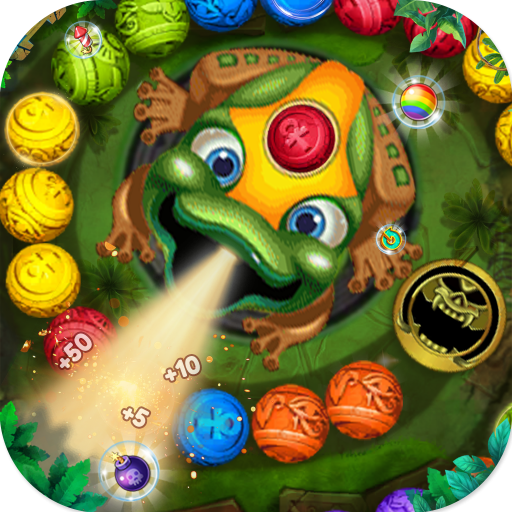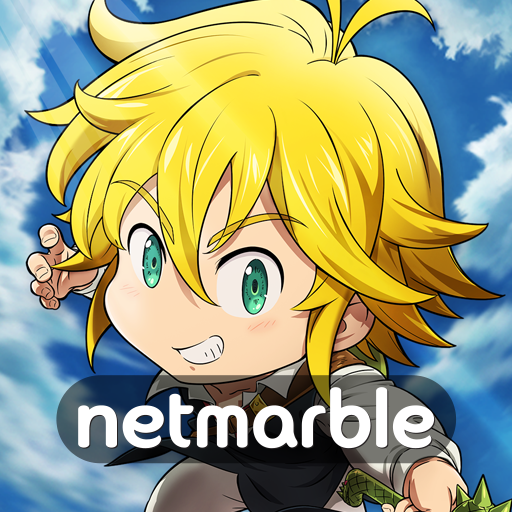Playing villains is a traditional activity of Hong Kong people, so that everyone can vent their dissatisfaction with someone's heart, If you don't have time to hit the villain under the gooseneck bridge in person, you might as well try the granny! —————————————— ------purpose------ —————————————— Use the app to save the villain tradition and promote our culture! Cantonese hitting villain sentences is lively and interesting


| Name | 阿婆打小人,來找阿婆打小人吧,發洩不滿最佳神器,香港傳統 |
|---|---|
| Publisher | Elaine Yiu |
| Genre | Casual |
| Size | 19MB |
| Version | 1.038 |
| Update | March 4, 2025 |
| Get it On | Play Store |
| Report | Report Apps |
Preview
阿婆打小人,來找阿婆打小人吧,發洩不滿最佳神器,香港傳統 (Da Siu Yan): The Traditional Hong Kong Ritual of Releasing Grievances
Introduction
Ever wanted to vent your frustrations in a way that’s not only therapeutic but also steeped in tradition? Look no further than 打小人 (Da Siu Yan), a fascinating cultural ritual from Hong Kong. Often referred to as “villain hitting,” this traditional act is a symbolic way to release negativity and overcome grudges by “beating the villain.” With roots in Cantonese folk culture, it remains a powerful form of catharsis, blending spiritual practice with emotional release.
Curious about how this ritual works, its history, or where you can experience it? Read on to explore this striking and unique aspect of Hong Kong’s traditions.
History and Origins
打小人 (Da Siu Yan) dates back centuries and can be traced to ancient Chinese folk beliefs. This ritual holds its origins in Taoist and folk customs, where people employed symbolic acts to purge bad luck, drive away evil spirits, and restore balance to their lives. Over time, this evolved into a more personalized act of releasing frustration towards specific “villains.”
The term “villain” in this context refers to someone who has caused trouble or harm—the ritual is a way to nullify their perceived negative influence. For instance, someone frustrated with interpersonal conflicts may use 打小人 to symbolically “curb” the negativity tied to a malicious individual.
Historically, venues like the Gooseneck Bridge in Hong Kong’s Wan Chai district became famous gathering places for 打小人 rituals, attracting practitioners and participants over generations.
The Ritual
What does a typical 打小人 ritual look like? Here’s a breakdown of its steps and tools:
Essential Tools:
- Paper Effigies: Representing the “villain,” these paper cutouts bear the name or likeness of the person causing grievances.
- Red Shoes or Slippers: The hitting tool of choice, typically used to strike the paper effigy.
- Incense and Offerings: These are set up as part of the spiritual aspect to appease deities or ancestors.
Steps of the Ritual:
- Set Up the Effigy: The practitioner writes the full name, role, or symbols representing the “villain” on a piece of paper.
- Recite Incantations: These rhythmic phrases, often in Cantonese, curse the “villain’s” actions, diffuse tension, and call for protection.
- Hit Symbolically: The effigy is repeatedly struck with a shoe or slipper while the practitioner chants, symbolizing the removal of negative energy.
- Offering and Burning: The paper effigy is often burned as part of the ritual, finalizing the act by symbolically “sending the problem away.”
This deeply symbolic process aligns physical gestures with emotional release, creating a unique connection between the spiritual and tangible realms.
阿婆 (Grandmas): The Masters of Villain Hitting
At the heart of the 打小人 tradition are the 阿婆 (grandmas)—experienced practitioners and symbols of wisdom who have preserved this practice for decades. These grandmas, often seated under bridges or at specific stalls, guide participants through the ritual.
Through decades of practice, they have perfected their chants, mastered the art of symbolic hitting, and earned respect as protectors of this cultural tradition. Their expertise ensures that participants leave the ritual feeling lighter, emotionally balanced, and free from lingering negativity.
Modern Relevance
Despite Hong Kong’s rapid modernization, 打小人 retains its popularity. But why does such an ancient ritual still resonate today?
Stress Relief for the Modern Age:
With the fast pace of urban living, 打小人 has become more than just a spiritual tradition—it’s a stress-busting outlet. People see it as a chance to pour their grievances into a symbolic act of release.
Catharsis Beyond Religion:
Although rooted in Taoist customs, this ritual appeals to a wider audience. Many participants see it as a secular act of energy cleansing or emotional detoxification.
Symbolic Action in a Digital Age:
This tradition has even adapted to modern times, with apps recreating the ritual virtually. These platforms allow users to upload symbolic pictures, perform virtual hitting, and enjoy humor-filled villain sentences, making the practice accessible to a younger, tech-savvy generation while preserving its cultural significance.
Where to Experience 打小人 in Hong Kong
If you’re in Hong Kong and wish to immerse yourself in this unique tradition, here are some tips to get started:
Gooseneck Bridge in Wan Chai:
This iconic location has long been considered the epicenter of 打小人 rituals. Here, you’ll find skilled 阿婆 (grandmas) ready to guide you through the process.
Temple Stalls:
Some Taoist temples and street-side stalls offer 打小人 rituals, especially during the Hungry Ghost Festival and other significant days in the Chinese calendar.
Plan Respectfully:
While participating, treat the grandmas with courtesy and follow their guidance. Avoid taking real photos of others when using props or decorations involved in the ritual.
For those unable to visit in person, apps like “Granny Hitting Villains” offer a fun and lighthearted digital alternative. You can select from creative villain sentences, keep track of your “hits,” and playfully upload cartoon images to symbolize your woes—all while continuing your daily routine.
Why 打小人 Matters
打小人 isn’t just a quirky ritual; it’s a living piece of Hong Kong’s cultural heritage. By blending the spiritual, emotional, and physical realms, this ritual offers insight into how traditions evolve to meet modern needs.
It’s a reminder that no matter how advanced technology becomes, there’s something deeply human about using symbolic action to process our frustrations, find closure, and move forward.
Explore This Tradition Yourself
Feeling curious or inspired? Give 打小人 a try—whether by visiting Wan Chai’s Gooseneck Bridge or exploring a digitally modernized version in an app. By participating, you won’t just experience the personal benefits of catharsis; you’ll also play a part in keeping this vibrant cultural tradition alive for future generations.
Download 阿婆打小人,來找阿婆打小人吧,發洩不滿最佳神器,香港傳統
You are now ready to download 阿婆打小人,來找阿婆打小人吧,發洩不滿最佳神器,香港傳統 for free. Here are some notes:
- Please check our installation guide.
- To check the CPU and GPU of Android device, please use CPU-Z app











